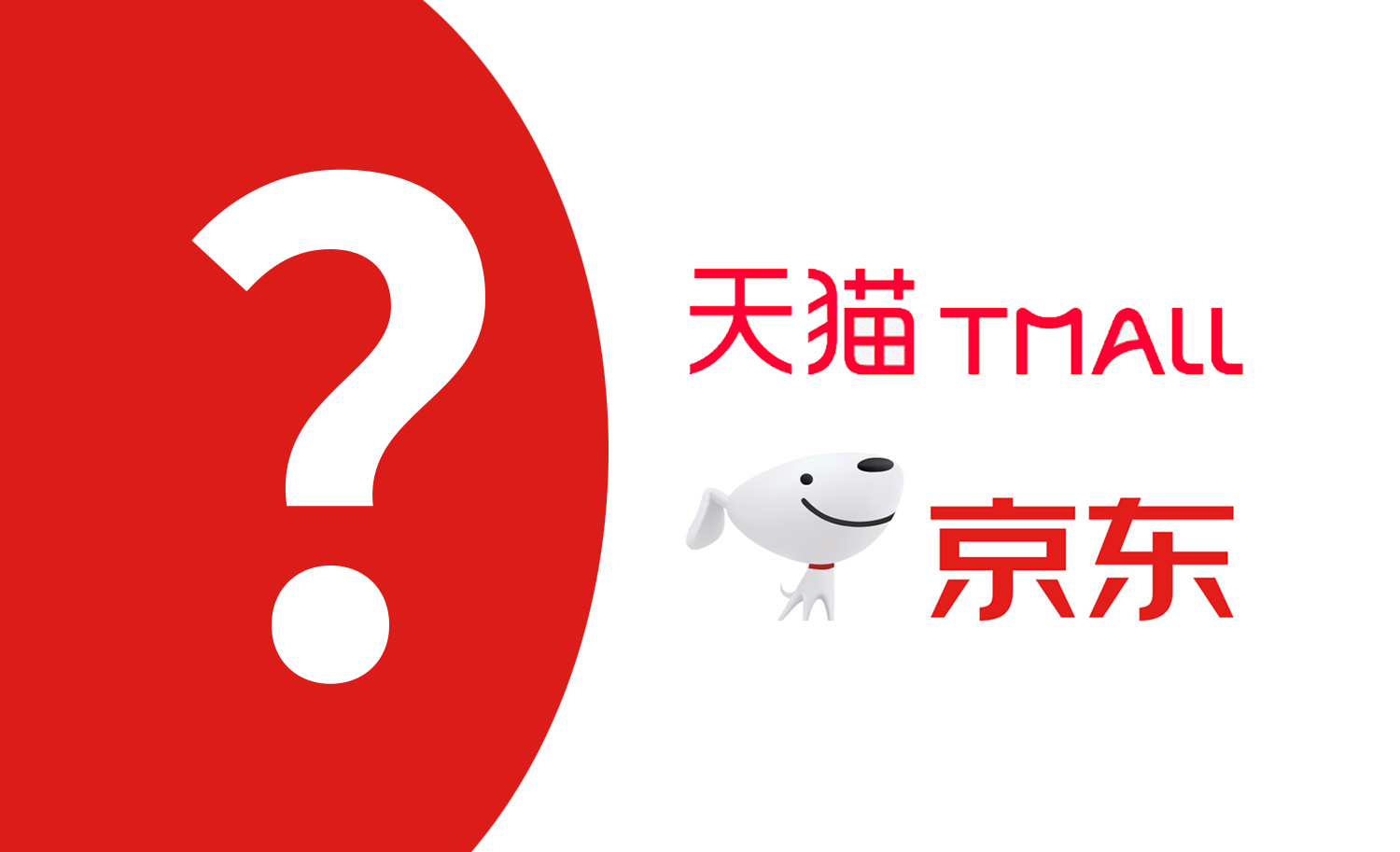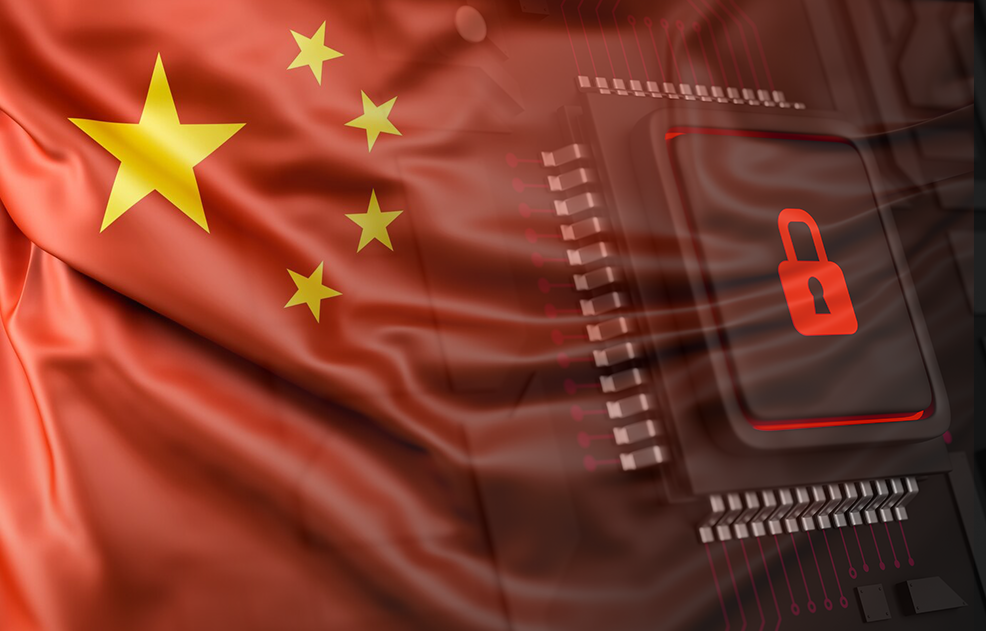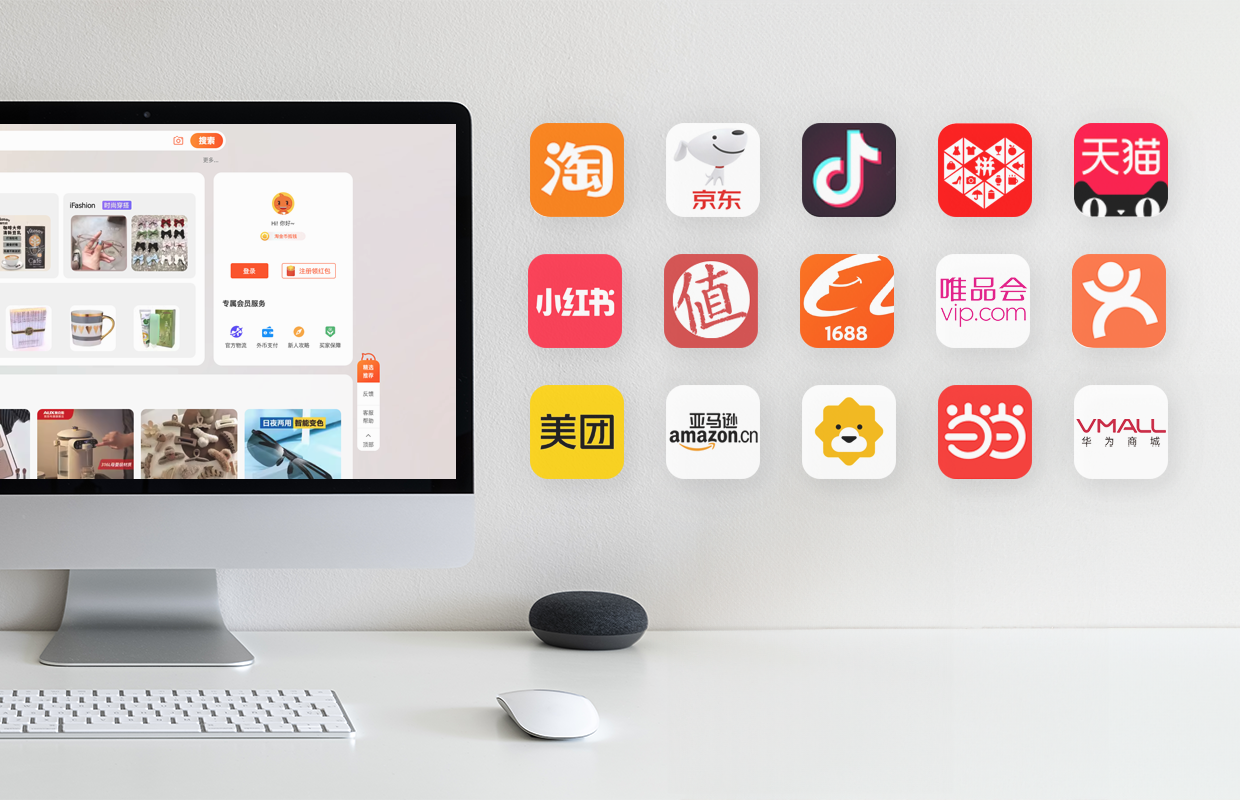eCommerce in China is estimated to exceed 1.5 trillion USD in 2022 – which is about a third of the global eCommerce market. The growth rate of eCommerce in the world is quite fast, about 9-fold in the last decade, but the Chinese staggering growth rate eclipses even that – in China the eCommerce market increased 34 times in the same ten years.
If you ever thought of getting a seat on this rocket, you probably should know more about the Chinese eCommerce market and the ways things are done here – as they are surely not quite the same as in the rest of the world. TMO Group has spent the last ten years helping foreign companies to get their feet in the Chinese market door, so we’d like to share our ten high level tips to kick off your Chinese eCommerce project in 2022.
1. Local hosting

You would know this if you spend half an hour browsing the internet in China: websites hosted outside of mainland China can take a VERY long time to load. There are a few exceptions and caveats to this rule, but from an eCommerce perspective, just accept it at face value. Simply reusing your international website for the Chinese market is a no-go.
Any website that wants to be successful in China (and especially an eCommerce website) has to be hosted in China. This is pretty much a prerequisite to getting any traction with Chinese search engine Baidu or with the main Chinese social app WeChat.
There is a bit more of red tape in setting up a website with Chinese hosting, compared to other countries – for example, you have to get something called “BeiAn certificate”, a government registration. And to get that, you need to set up a legal presence in China, as your business license is required for BeiAn application.
Good news is that the IT infrastructure in China is very well developed, with hosting solutions offered both by international players like Amazon and local tech giants like Tencent.
2. Logistic

Last few years have been an explosive time for the development of logistics services in China. Local providers have set up a complex network of transportation hubs, warehouses, and last-mile delivery solutions that completely transformed the delivery process. For Chinese customers, next-day delivery is the norm for most of the goods and for popular items it is not uncommon even to expect delivery in a few hours.
Luckily, there are a multitude of local companies that offer eCommerce businesses their services. Virtually all of them offer delivery across the whole country, providing convenient API interfaces for tracking so your customers would be at ease, knowing the exact whereabouts of their purchases.
3. Pricing

Advent of the internet made it easy for everybody to shop virtually, hunting for a better price with just a few clicks. China is no exception. Combined with historical traditions of bargaining, it makes Chinese customers take great pleasure in finding the best deal, navigating their way through numerous discount schemes.
Offering discounts became almost an art as there are many schemes to entice the customer to make the decision: buy X get Y free, get X discount when you reach Y amount, get discount if you buy in the next hour and so on.
For an eCommerce business, it is important to understand the value of this customer trait and use it to your advantage.
4. Gaining trust

Due to numerous scandals in the past, Chinese consumers grew very cautious about the quality of online goods. To ensure they are nor being cheated, they take trust in such things as user-generations ratings, they pay attention to the number of customers that have already bought this item, browse reviews, notice stars, thumbs up.
In light of this, It is important for an eCommerce project to work on its image, to gain the trust of users. Having feedback tools embedded into your store is of high importance, as well as setting up great customer support service.
5. Payment

Chinese buyers do not use Paypal or any other foreign online payment systems. Cash on delivery, use of bank cards and bank transfers are usually supported, but not very popular. Main online payment options include two competing payment systems: Alipay and WeChatPay. These are the two ways you definitely want to be implemented in your eCommerce project.
6. Design

If you have never seen one of the Chinese websites, you may be a little taken aback when you see one. And it is not only about the CHinese characters. Design conventions used in a typical website can seem strange for a western viewer. For instance, Chinese websites often use smaller typography, have more information on one page, and present larger variations in color schemes.
To be fair, in recent years exposure of Chinese customers to different, more western, design styles changes the overall websites’ style in China too. Currently, it is a rather unusual combination of Chinese “information overload” approach and western clean visuas. At any rate, it may not be the smartest idea to simply copy and paste a Western version of your website with some translation.
Same goes for the visuals used in the design. While seeing Chinese faces on the ad will definitely project familiarity and acceptance, use of foreign faces is the staple of premium and luxury items. Perfect visual solution, of course, heavily depends on the nature of the product you are selling and often is a combination of these two approaches.
7. UX and the purchase processes

When it comes to streamlining user experience, the Chinese market follows global trends, if not being a little ahead of the curve. A website that takes more than 4-5 steps for buying an item is considered too complex by Chinese netizens.
Registration form longer than a few fields will probably be too much trouble to fill by an average website visitor. Even the need to type anything is getting too much of an effort these days: ideally, users expect a one-click social or mobile login.
Finally, if you really want to win the hearts of Chinese customers with your user experience, you should consider extensive use of mobile friendly solutions – with mobile-friendly interfaces, QR codes, and WeChat mini programs.
8. Shopping festivals

We already mentioned the love that Chinese customers have towards discounts. This stems from years of similar offline behaviors and practices. Bargaining over a price was a form of socialization, art, and a popular pastime for hundreds of years. Naturally, all these habits transcended to online behavioral patterns. Getting a great deal is a powerful motivation for deciding in favor of a certain product.
The climax of the “getting the best deal” experience comes several times a year in the form of shopping festivals: 11th of November, 18th of June and a few others. This is the time when eCommerce shops explode with enticing offers and millions of purchases being made. You will have to circle these days in your calendar too, if you plan on running a successful Chinese eCommerce project.
9. Marketing and promotion

Looking at marketing channels you’ll find all the similar looking marketing tools that you have been using globally. All of them, however, will have a Chinese twist, so you will have to learn how to use it from scratch. Baidu PPC is like Google ads, except that it has hundreds of nuances you will have to master to use it properly. Chinese social media is a great channel: however, WeChat and Weibo look and work quite differently from Facebook or Twitter. SEO for Baidu, Chinese main search engine, while following the same general principles, has enough little differences to render your existing practices much less effective.
Additionally, such modern marketing trends as short videos marketing and live streaming are all the rage these days. Instead of unwinding with the latest soap opera installment, millions of people tune into the daily broadcasts of their favorite KOL (Key Opinion Leaders, as they are known in Chinese marketing). KOLs are essentially video bloggers with a huge accent in their programming on promoting and selling various goods.
10. WeChat

We already mentioned WeChat a few times in this list. In fact, WeChat is so important for the success in China, it deserves a separate item.
WeChat, while formally a social media platform, is so much more than just that. It is a wallet, a coupon book, a messenger, a forum, an address book, a subscription service, a news feed - and, well, social media too.
Very few Chinese use email. They do have phones, but are not too keen on SMS or calls. WeChat is one of the few tools that can be efficient if your goal is to reach a Chinese audience.
So this is it, the high level view of what you need to be successful in the Chinese eCommerce – a market that is big, exciting and dynamic but also full of local customs and traditions. We hope you find these tips useful and will be happy to continue discussing the best ways to bring your business to China. Don’t hesitate to leave the message through our leadform to start writing your success story.












